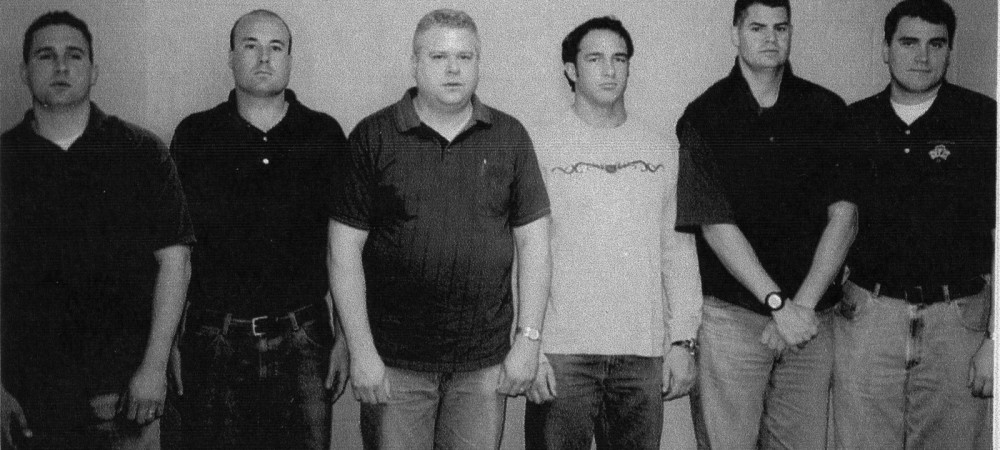
Appeals court: Sun-Times illegally published details about cops in lineup
Published Feb. 7, 2015
By KIM JANSSEN
Staff Reporter
The Chicago Sun-Times broke the law when it published the heights and weights of Chicago cops who acted as “fillers” in a police lineup in the David Koschman case, a federal appeals court has ruled.
In a ruling that bolsters the officers’ lawsuit against the Sun-Times, the 7th Circuit of the U.S. Court of Appeals ruled Friday that the height, weight, eye and hair color, and months and years of birth of five cops who stood alongside Mayor Richard M. Daley’s nephew Richard “R. J.” Vanecko in the lineup were all “private information” that was improperly obtained from the officers’ driver’s licenses.
Vanecko — who in 2004 threw a punch that killed the 21-year-old Koschman — was finally brought to justice last year when he pleaded guilty to involuntary manslaughter under a deal that saw him jailed for 60 days.
He was indicted only after a series of Sun-Times articles that raised questions about whether he got preferential treatment from the police, including the way a 2004 lineup was handled in which the police said witnesses failed to pick him out as Koschman’s attacker.
The officers sued the Sun-Times in 2012, saying they were “gravely concerned for their safety” after the newspaper on Nov. 21, 2011, published for the first time a photo from the lineup. A story published alongside that photo noted that the five officers picked to stand alongside Vanecko were all larger and heavier than the then-29-year-old, 6-foot-3, 23- pound Vanecko, who witnesses said had been the largest man at the scene when Koschman was punched.
But the appeals court ruled Friday that the paper violated the federal Driver’s Privacy Protection Act when it published the officers’ weights, heights and other identifying details obtained from records held by the Illinois secretary of state.
“Each officer’s height is evident from the lineup photographs, while their weights and ages are relevant only to the extent that they increase the officers’ resemblance to Vanecko — a resemblance that the photographs independently convey,” Judge Joel Flaum wrote for the three-judge panel in the 33-page opinion.
“And, although identifying the officers’ hair and eye colors may add some detail to the published black-and-white photographs, their personal information is largely redundant of what the public could easily observe from the photographs themselves.
“Therefore, Sun-Times’s publication of the officers’ personal details both intruded on their privacy and threatened their safety, while doing little to advance Sun-Times’s reporting on a story of public concern.”
Though the court noted that there were no threats of violence against the officers and suggested the paper would have been in the clear if it had obtained the officer’s personal details from a source other than the secretary of state’s office, it rejected the Sun-Times’ argument that it was protected by the First Amendment.
The ruling frees officers Scott Dahlstrom, Hugh Gallagly, Peter Kelly, Robert Shea and Emmet Welch to pursue their lawsuit.
Lawyer Ron Dahms, who represents the five cops, said the appellate ruling reaffirms that the First Amendment “does not allow a news agency to blatantly violate federal privacy laws.”
“This wasn’t about free speech,” Dahms said.
Jim Kirk, the Sun-Times’ publisher and editor in chief, had no comment on the ruling.


